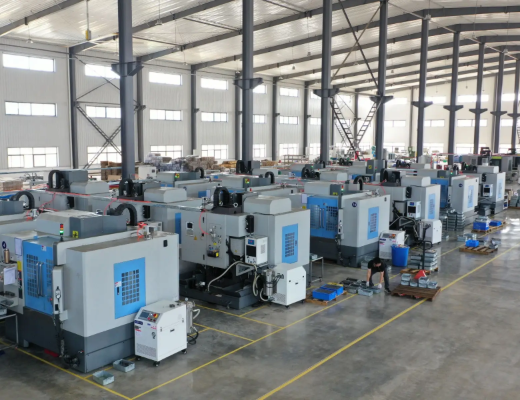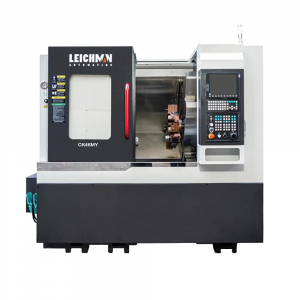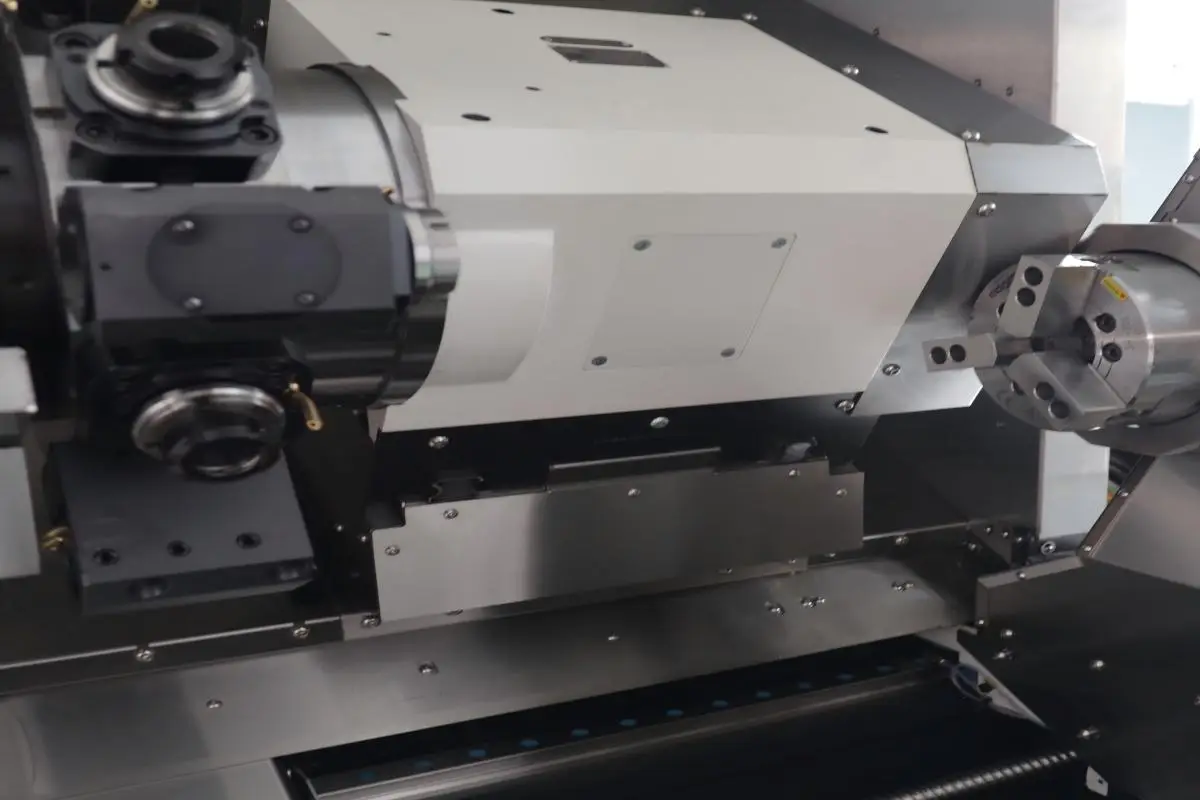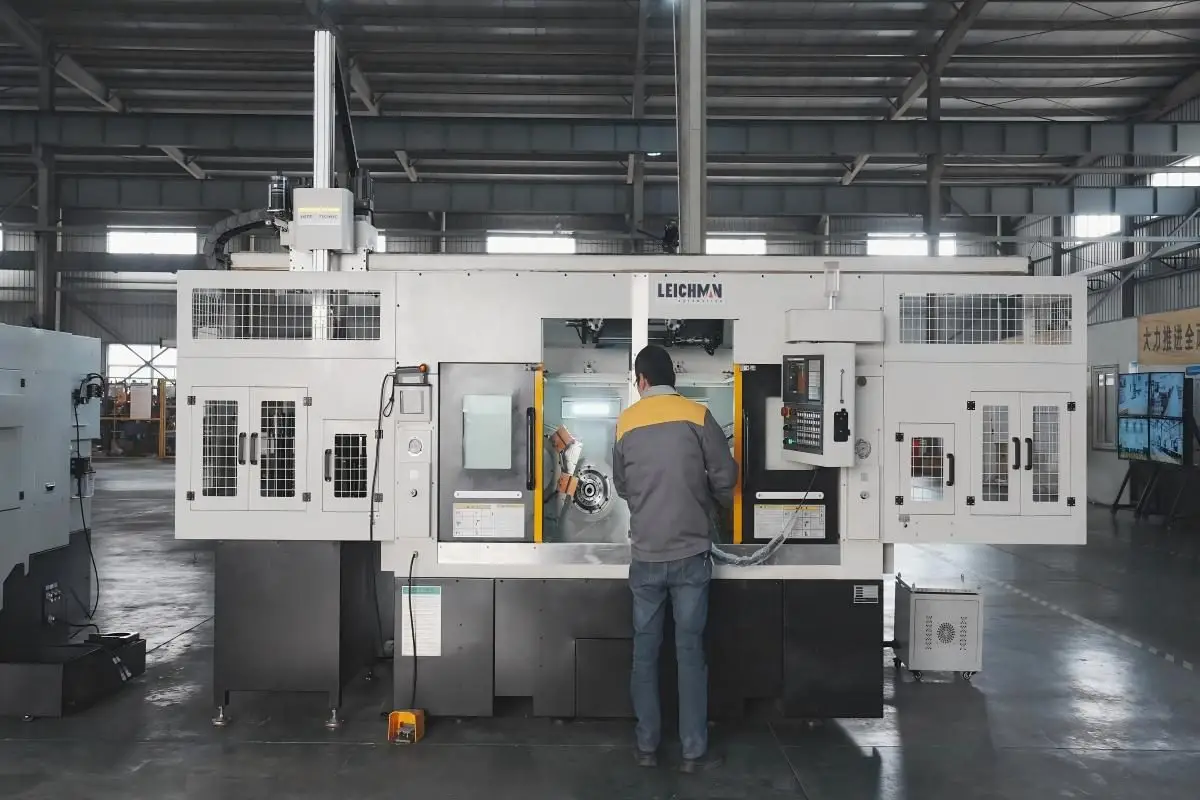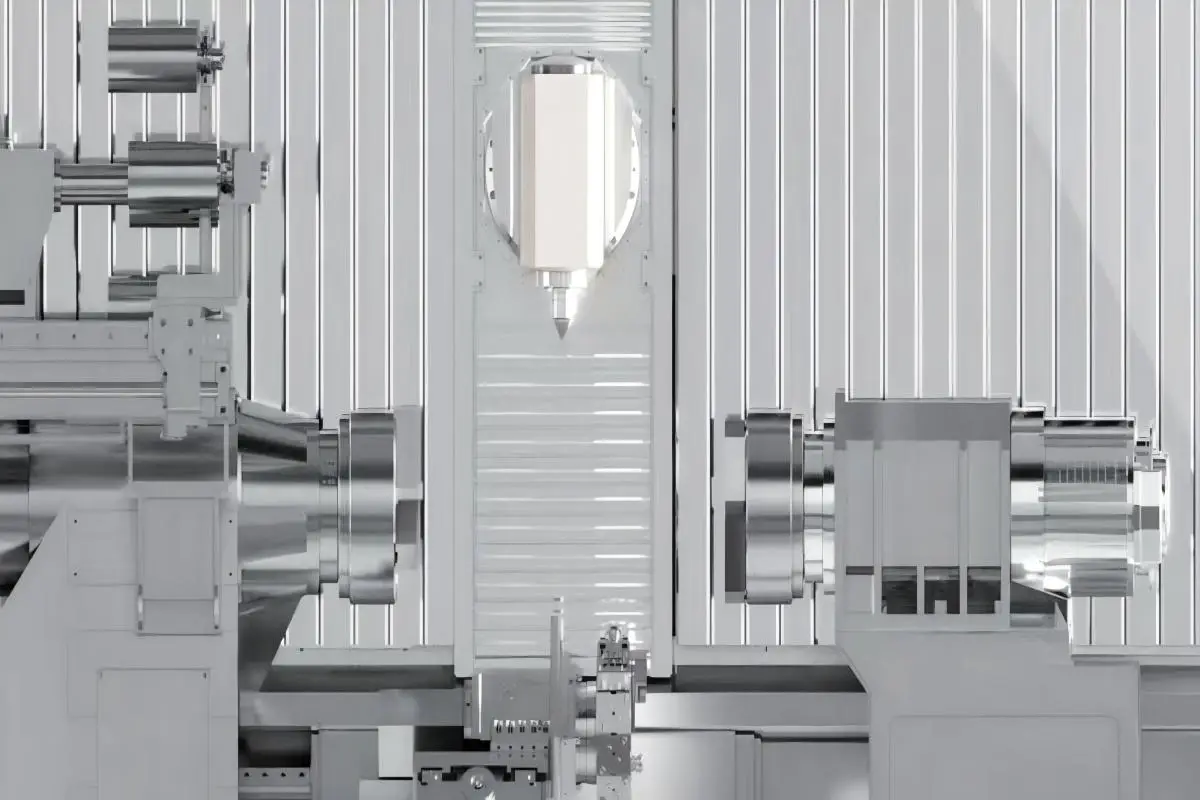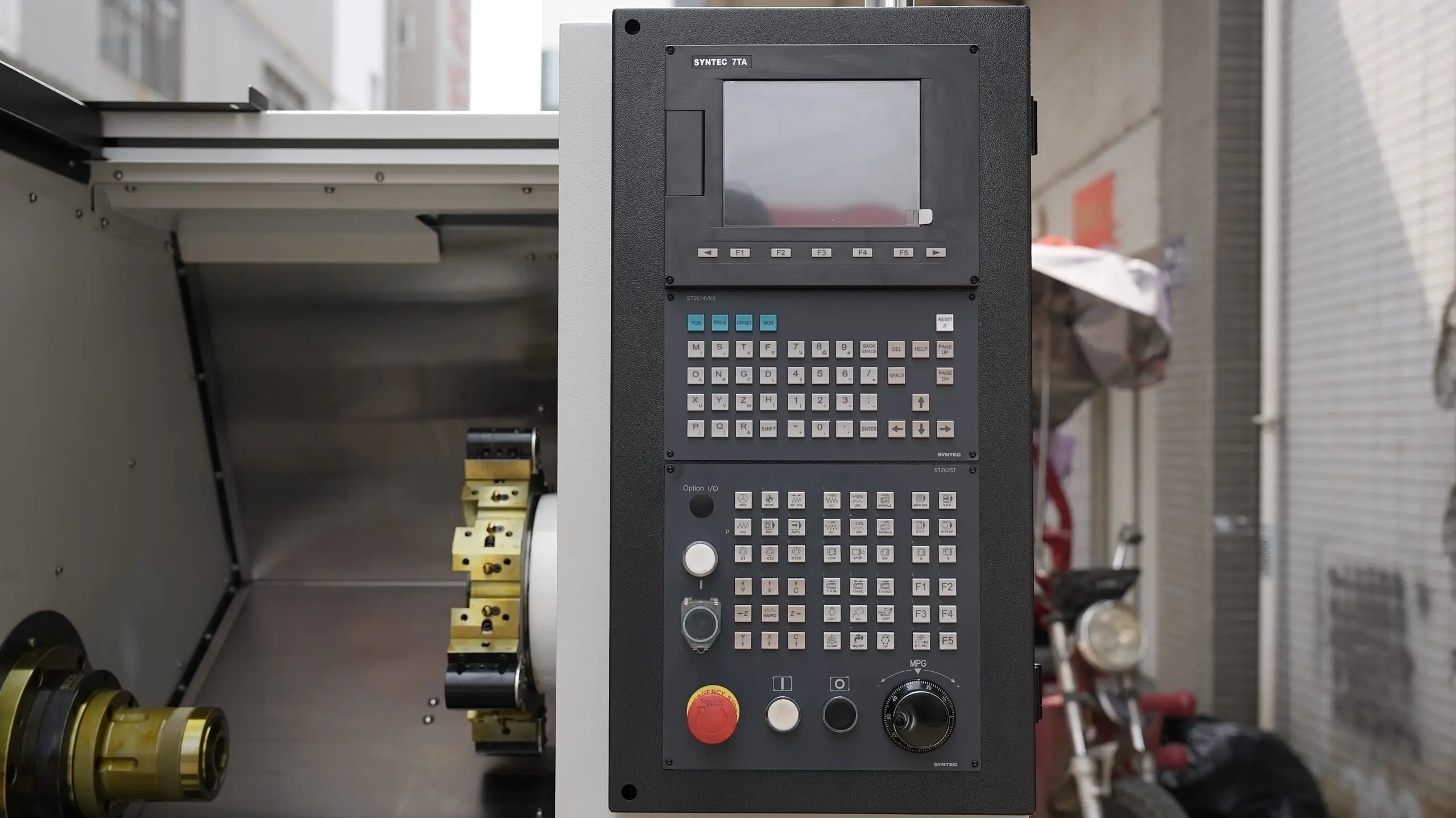Our company helps customers achieve efficient and reliable metal cutting on modern CNC lathes. We work with reputable CNC lathe manufacturers and supply precision lathe CNC machine solutions across industries. Our technical support, tooling recommendations, and operation training focus on practical, repeatable outcomes rather than exaggerated claims. We target business clients who require consistent throughput, process documentation, and reliable post-sale service.
Pre-Operation Readiness and Safety
Begin by verifying the machine and enclosure against the daily checklist: guards in place, emergency stops operative, coolant levels within range, and filters clean. Confirm tooling index accuracy, setting the servo turret to required positions and verifying finish allowances against the process plan. Confirm workpiece clamping pressure and locate the chuck jaw geometry against the drawing. Calibrate reference points and establish datum offsets in the CNC program. Before running the lathe CNC machine, run a short dry run or single-axis test to confirm cycle time, feed limits, and collision avoidance checks. Safety interlocks and machine stops must be confirmed through I/O diagnostics as per the system status panel.
Programming and Process Control
Structure the CNC program with clear tool changes, canned cycles, and macro options for consistent lathe CNC machine results. Parameterize retract heights, chip clearance, and turret indexing sequences, and set feed rates for turning, boring, and parting operations. Enter cutting parameters from approved datasheets; these parameters define speeds, feeds, and depth-of-cut for predictable tool life and surface finish. For materials like steel, stainless, or aluminum, adjust coolant selection and tool geometry to match thermal and chip characteristics. Integrate in-process gaging where applicable and use tool life counters to plan preventive maintenance. Use standard reporting fields—cycle time, pass count, coolant consumption—for OEE tracking. Maintain process logs to verify traceability against drawing tolerances and to support continuous improvement.
Quality Control and Preventative Maintenance
Perform in-process checks at defined intervals: diameter verification on diameter-critical features, surface roughness comparison to the specification, and chip load assessment at feed-limited segments. When post-machining inspection is required, record go/no-go results and quantify deviations for corrective action. Adjust cutting parameters cautiously within approved ranges before escalating to process changes. Conduct scheduled maintenance: spindle lubrication checks, turret bearing inspection, coolant system cleaning and replenishment, and alignment verifications. Maintain tool settings and spindle runout within allowable tolerances to preserve lathe CNC machine accuracy. Archive process data and control charts for audit readiness.
Ensuring Reliable CNC Lathe Operation
Reliable CNC lathe operation begins with disciplined setup, disciplined programming, and disciplined maintenance. Our role is to provide equipment from CNC lathe manufacturers, process templates, and support that reduce variability. Leichman offers a compact, stable solution: the CK46MY turning and milling turret lathe features a slant bed construction with a servo turret for integrated turning-milling operations, a rigid cast iron build that ensures machining stability, and a compact footprint suited to small to medium workpieces.
